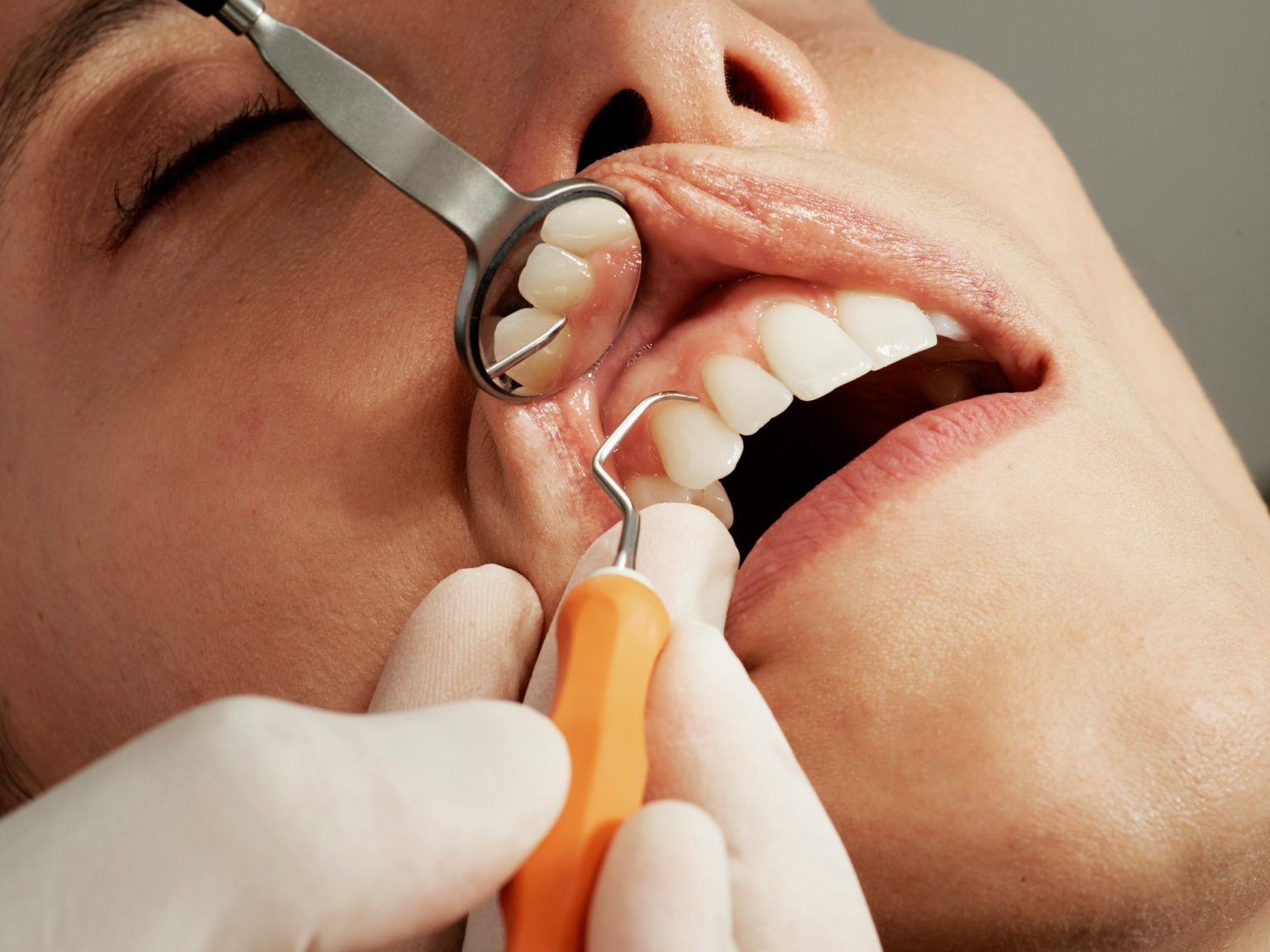Dental implants have long been the gold standard for replacing missing teeth, offering durability and a natural appearance. However, the journey to a restored smile has undergone a significant transformation due to technological advancements. From initial consultation to post-surgery recovery, technology has streamlined and enhanced every phase of the dental implant process, making it more efficient, comfortable, and predictable for patients.
Precision Planning with Digital Imaging
Gone are the days of traditional X-rays and physical impressions. Modern dental practices now employ cone beam computed tomography (CBCT) and 3D intraoral scanners to create highly detailed digital models of a patient’s mouth. These tools allow for precise planning of implant placement, ensuring optimal positioning and alignment with existing teeth. The accuracy of digital imaging reduces the risk of complications and enhances the overall success rate of implant procedures.
Minimally Invasive Techniques
Advancements in surgical technology have led to the development of minimally invasive techniques for implant placement. Computer-guided surgery, utilizing data from 3D imaging, enables dentists to plan and execute procedures with remarkable precision. This approach minimizes the need for large incisions, reduces trauma to surrounding tissues, and accelerates healing times. Patients benefit from less postoperative discomfort and a quicker return to daily activities.
Streamlined Restorations with CAD/CAM Technology
The integration of computer-aided design and computer-aided manufacturing (CAD/CAM) has revolutionized the creation of dental restorations. Using digital impressions, dental labs can design and fabricate crowns, bridges, and dentures with exceptional accuracy and speed. This technology not only shortens the time required to produce restorations but also ensures a better fit and more natural appearance, contributing to improved patient satisfaction.
Accelerated Recovery with Immediate Loading Implants
For patients opting for full-arch restorations, the All on 4 implants technique offers a transformative solution. This method involves placing four strategically positioned implants to support a full set of teeth, often within a single day. The use of advanced imaging and surgical planning ensures precise placement, while the immediate loading of the implants allows patients to leave the dental office with a functional set of teeth, reducing the waiting period typically associated with traditional implant procedures.
Enhanced Patient Experience with Digital Workflows
Digital workflows have significantly improved the patient experience by reducing the need for physical impressions, which many find uncomfortable. Intraoral scanners capture precise digital impressions quickly and comfortably, eliminating the need for messy impression materials. Additionally, digital records and communication streamline the treatment process, allowing for better coordination among dental professionals and more informed decision-making.
Continuous Monitoring and Long-Term Success
Post-operative care has also benefited from technological advancements. Devices like resonance frequency analysis tools assess the stability of implants without invasive procedures. This technology provides real-time data on implant integration, allowing dentists to monitor healing progress and make timely adjustments to ensure long-term success.
Summing Up
The integration of advanced technologies in dental implant procedures has transformed patient experiences, making treatments more precise, less invasive, and more comfortable. From digital planning and minimally invasive surgeries to immediate restorations and enhanced recovery monitoring, technology continues to improve the dental implant journey. For those considering tooth replacement options, exploring these technological advancements can lead to more predictable outcomes and a more satisfying overall experience.

